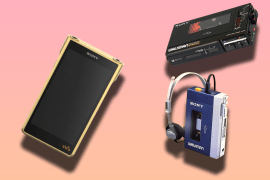Asus Zenfone 10 review: one-handed wonder
Big phone energy in a pint-sized package
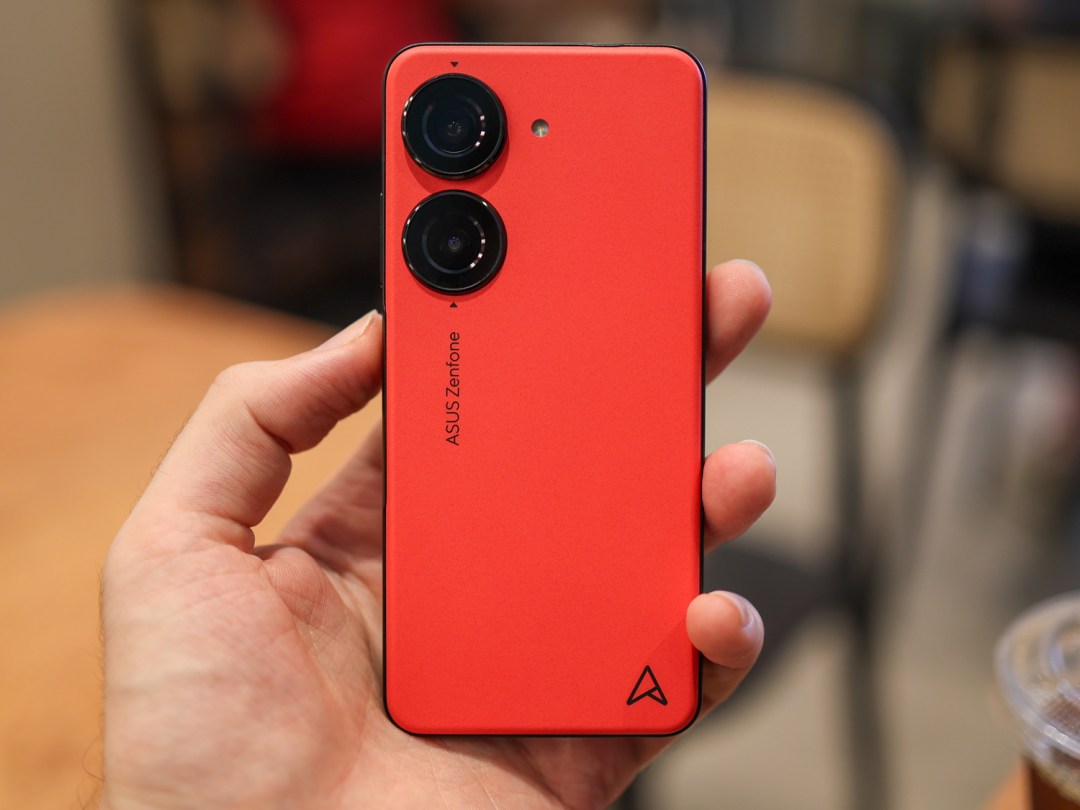
In a sea of samey smartphones, Asus’ releases are something of a tonic. From pocket-powerhouses to subwoofered gaming handsets, it makes some of the best smartphones around for their respective niches. They’re totally unique – unless, that is, you scour the firm’s own back catalogue. This might look like last year’s Zenfone 9, but trust us, it’s the Asus Zenfone 10.
Recycled designs are nothing new: Apple’s been at it for years, and the excellent ROG Phone 7 looks virtually unchanged from its two predecessors. So after we heaped praise on the Zenfone 9’s styling, it appears Asus’ compact flagship has also settled on a persistent style. With a narrow frame and small screen, it’s one of the easiest phones around to use one-handed, yet still finds room for a headphone jack. Throw in top-tier Qualcomm power, a blisteringly smooth screen and up to half a terabyte of storage, and this pocket rocket is clearly short on compromise.
After a bit of time with the Asus Zenfone 10, we’re left asking ourselves: do we really need a small phone with this much power in 2023?
Design: you again?
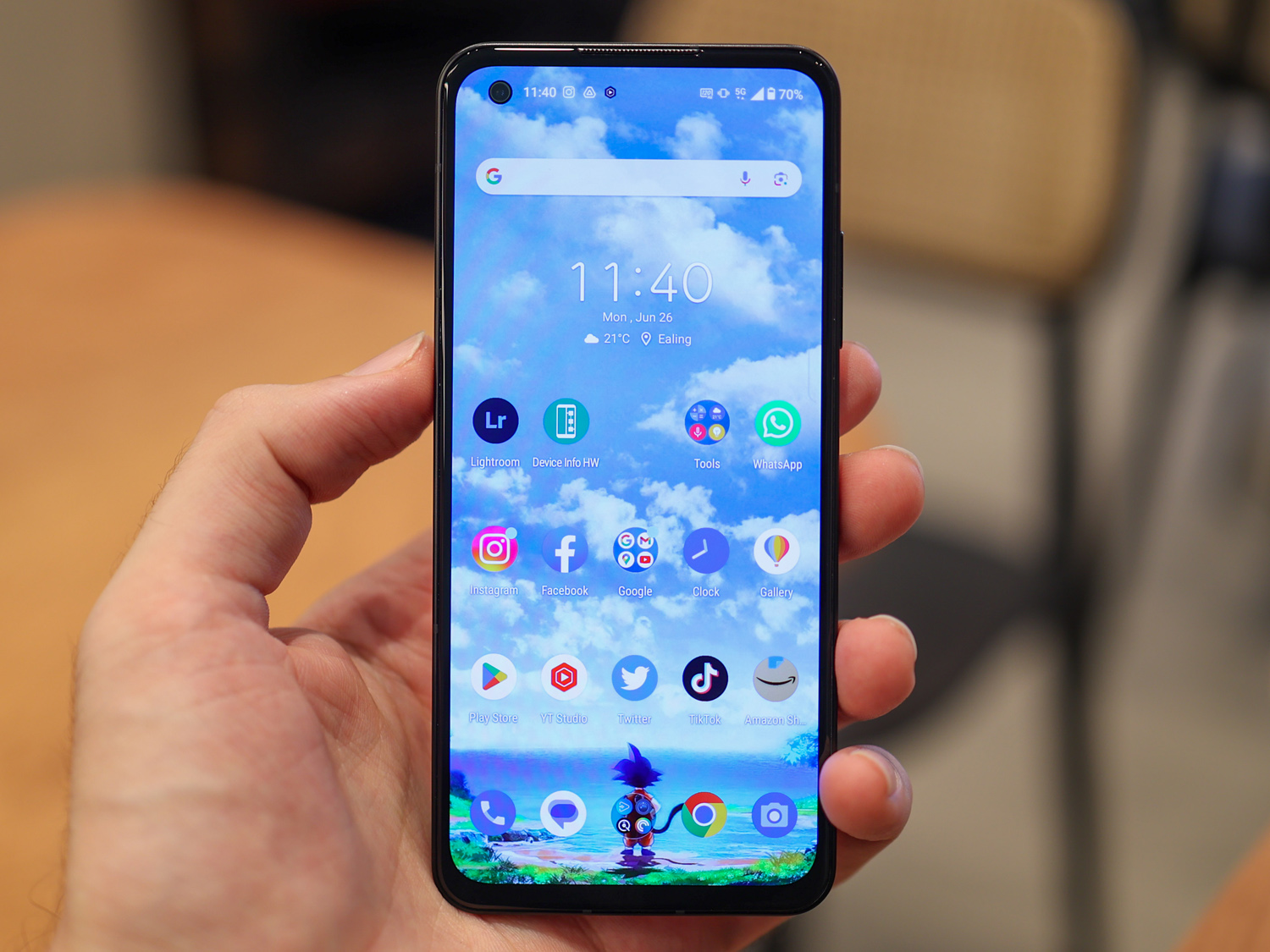
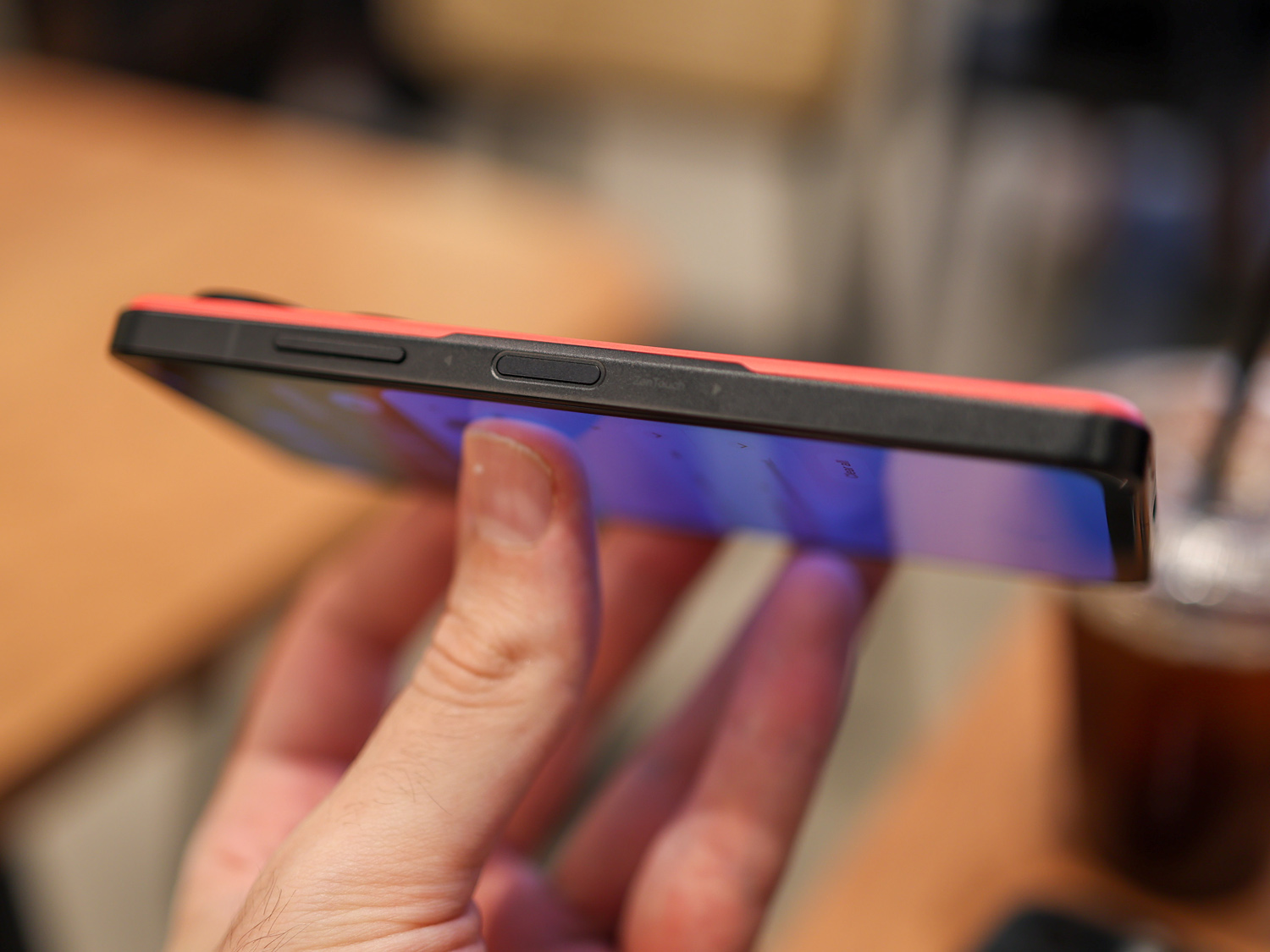
The Zenfone 10 is one of few modern phones with a screen size under 6in. Having recently tested chunky handsets including the Honor 90 Lite to the Redmagic 8 Pro, this feels like we shrunk it in the wash. It won’t stretch your pocket or fill your palm, but is relatively thick, just like the Zenfone 9 was. That explains how Asus was able to cram so much tech inside it.
Alongside slender contenders like the 7.6mm Samsung Galaxy S23 and the 7.8mm iPhone 14, the 9.4mm Asus Zenfone 10 is positively chunky. But that doesn’t stop it from being comfortable in-hand. The flat, matte sides are easy to hold, the bio-based plastic back is relatively grippy with an almost textile-like texture. Because of the screen size no corner is a stretch to reach, and at 172 it’s one of the lightest flagship phones around.
We love that Asus has created a plastic-backed flagship that doesn’t feel cheap, and it has great eco credentials. The back panel uses 50% less petrol chemicals than traditional plastics, and the packaging is 100% recycled with no adhesives. You still get a fast charger, case and charging cable in the box, which can be considered a value win if you want ’em.
It’s also a colourful thing, landing in new Aurora Green, as well as four other hues returning from the Zenfone 9: Comet White, Eclipse Red (pictured), Midnight Black and Starry Blue. Each is IP68 water and dust resistant, despite the 3.5mm headphone jack up top. On the right is a volume rocker and triple-function power button that’s part fingerprint scanner, part swipe-sensitive smart key. It uses Asus’ ZenTouch feature to slickly scroll through web pages or pull down notifications with a swipe.
All things considered, there’s very little to grump about with the Zenfone’s design. If you want a small phone – you’ve got one, colour options aplenty mean you can pick one to suit you.
Screen and sound: sounds about right
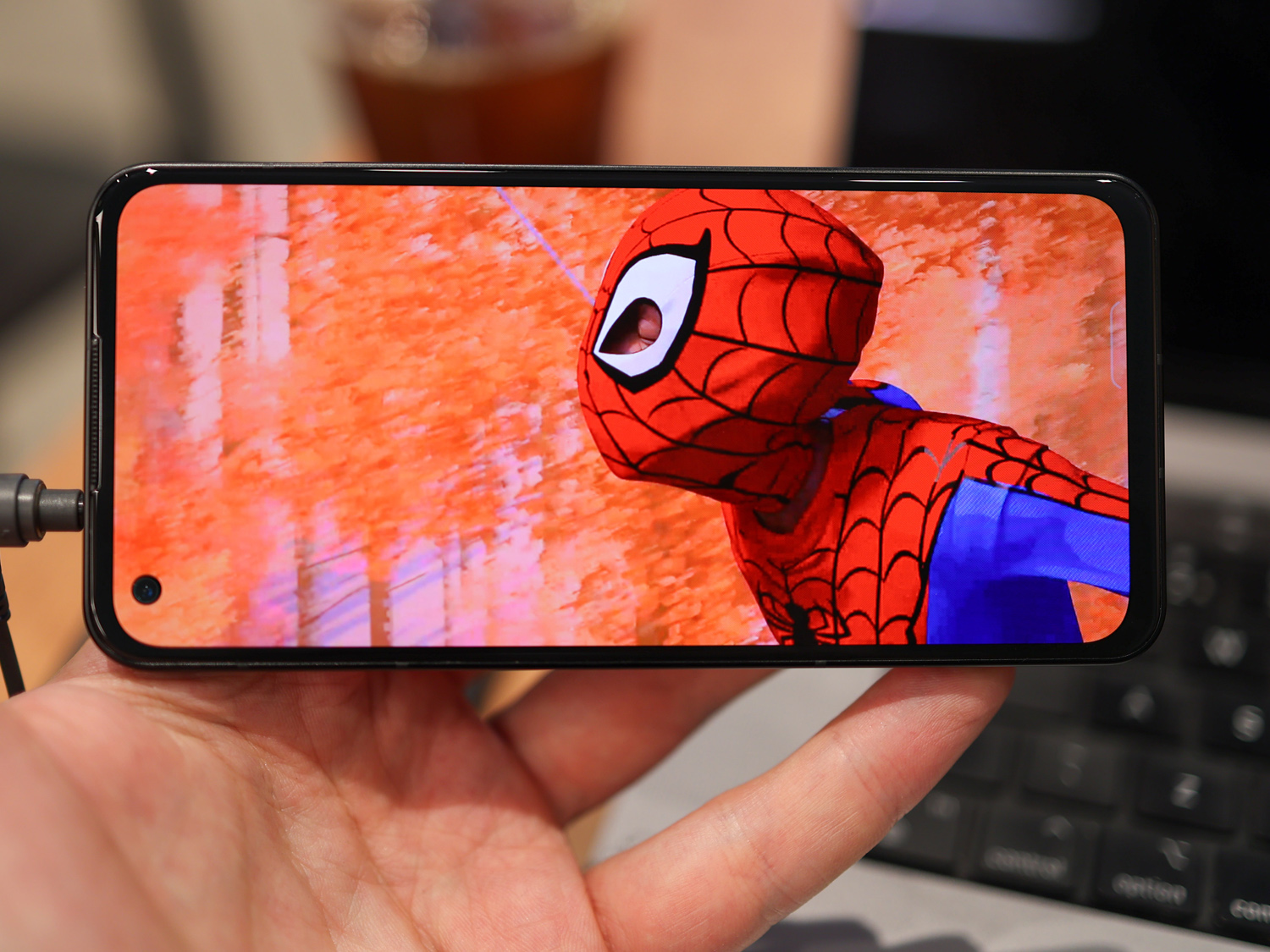
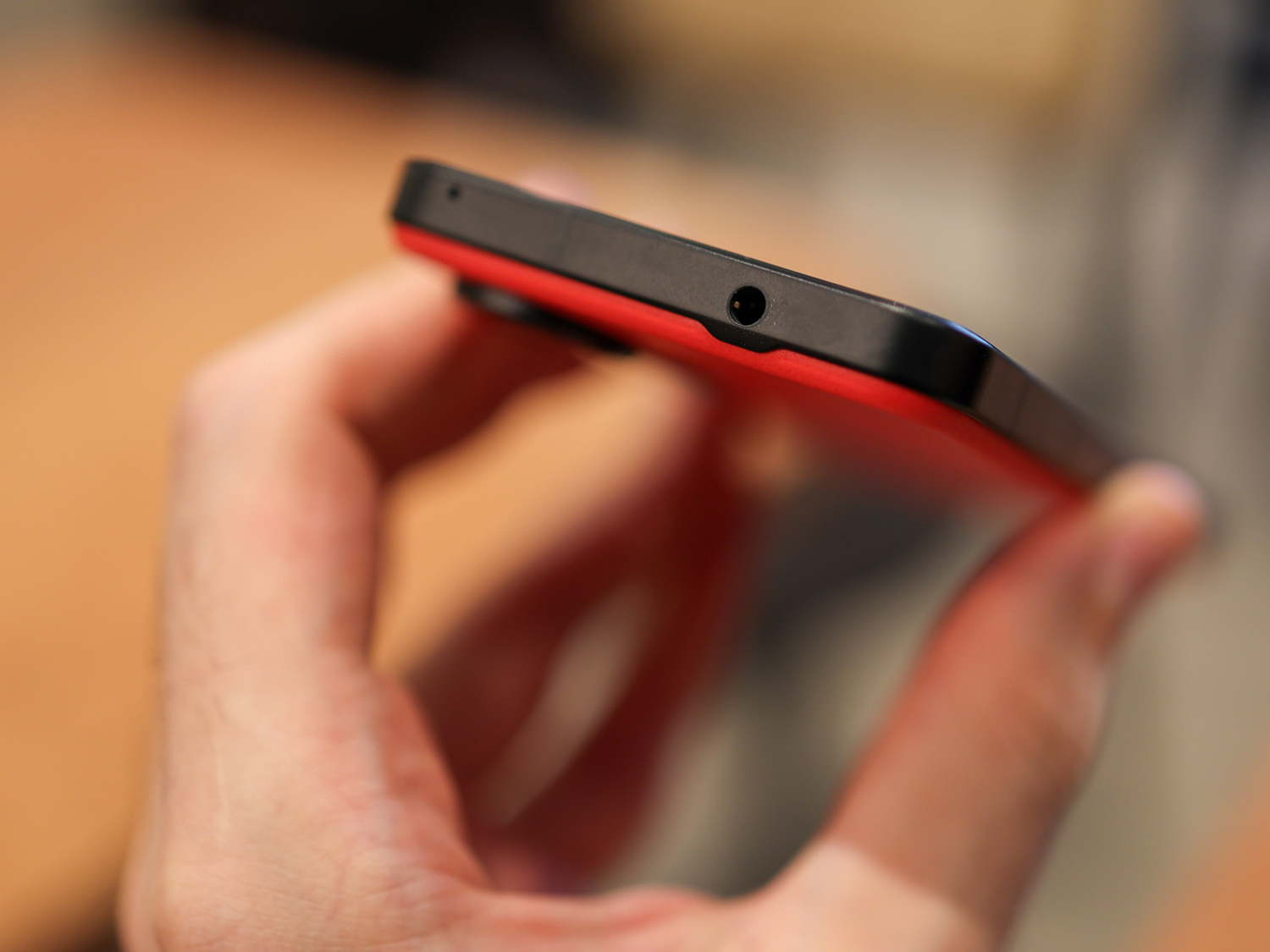
The Zenfone 10 has a 5.9in AMOLED display with a tall 20.4:9 aspect ratio and 2400×1080 resolution. So addition to being small, it’s sharp with 445 pixels in every inch of screen. Thanks to its AMOLED tech, blacks look deep and inky, and colours pop.
The 144 Hz refresh rate is also class-leading for a small phone, with most premium competition capping out at 120Hz. Asus says the display only reaches maximum smoothness when gaming, but given you can adjust what the system reads as a game, there is scope to enable it in other apps.
In addition to looking smooth as butter and sporting a rich, colour-accurate picture, the Zenfone 10 is also bright enough to use in direct sunlight, with an average viewable brightness of 800 nits and a peak brightness of 1100.
Asus also includes geekier, developer tools in the core screen settings, so you can speed up or slow down animation speed. This is in addition to other nice-to-haves, like always-on display control, eye protection mode, and the ability to customise screen white balance and saturation.
The return of Dirac’s audio tuning is great to see, serving up four sound profiles directly from the volume controls: dynamic, music, cinema and game. Dive into the AudioWizard setting, and you get a 10-point EQ plus a bass and treble booster too.
Matched with the headphone jack and mighty onboard dual speakers – a 5-magnet speaker at the base and a less powerful secondary speaker in the earpiece – it’s fair to say the Zenfone 10 is something of an audiophile’s choice, specifically for anyone who wants to spend a bit less than the top-tier Sony Xperia 1 V.
Camera: gimbalicious
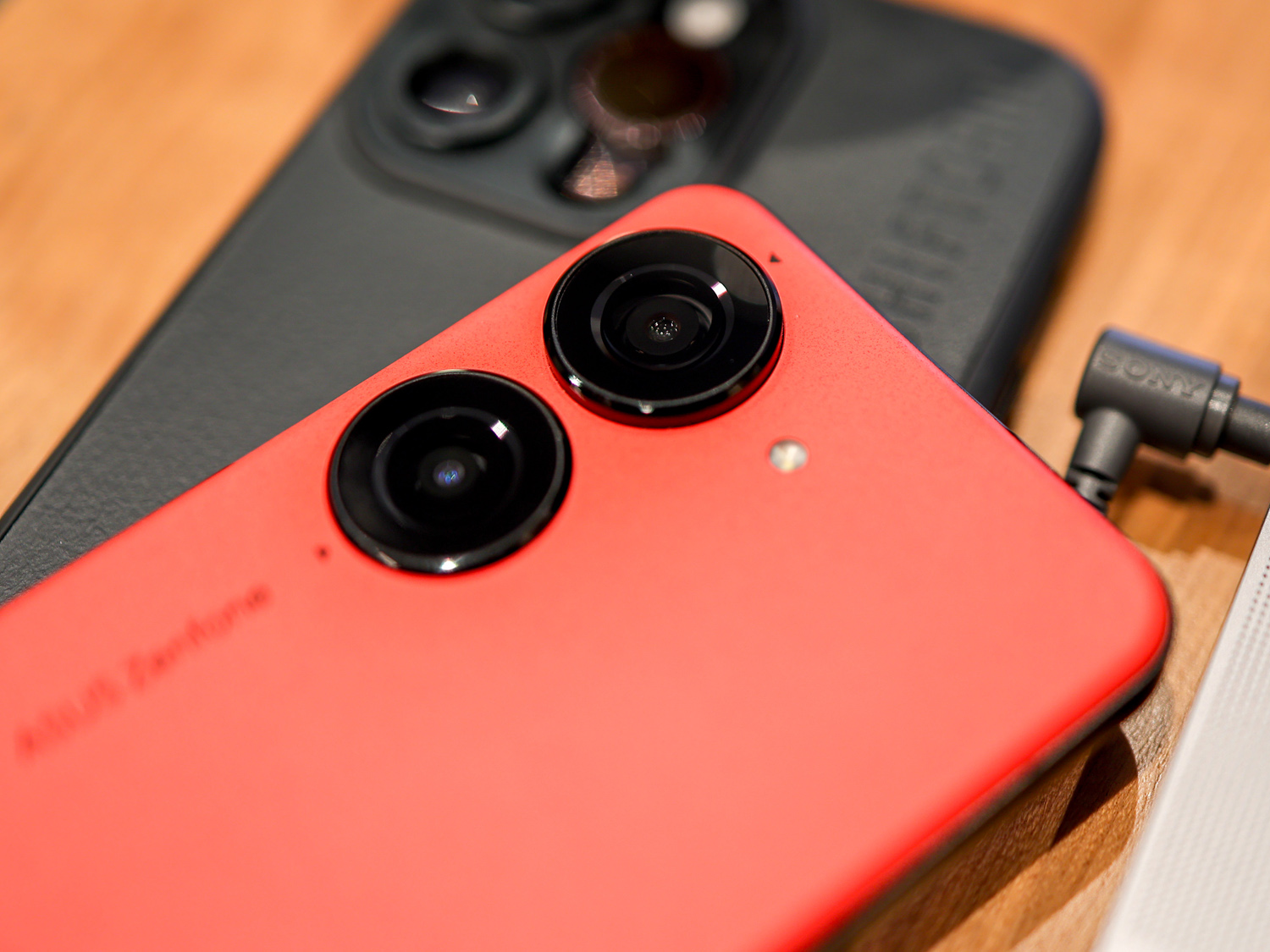
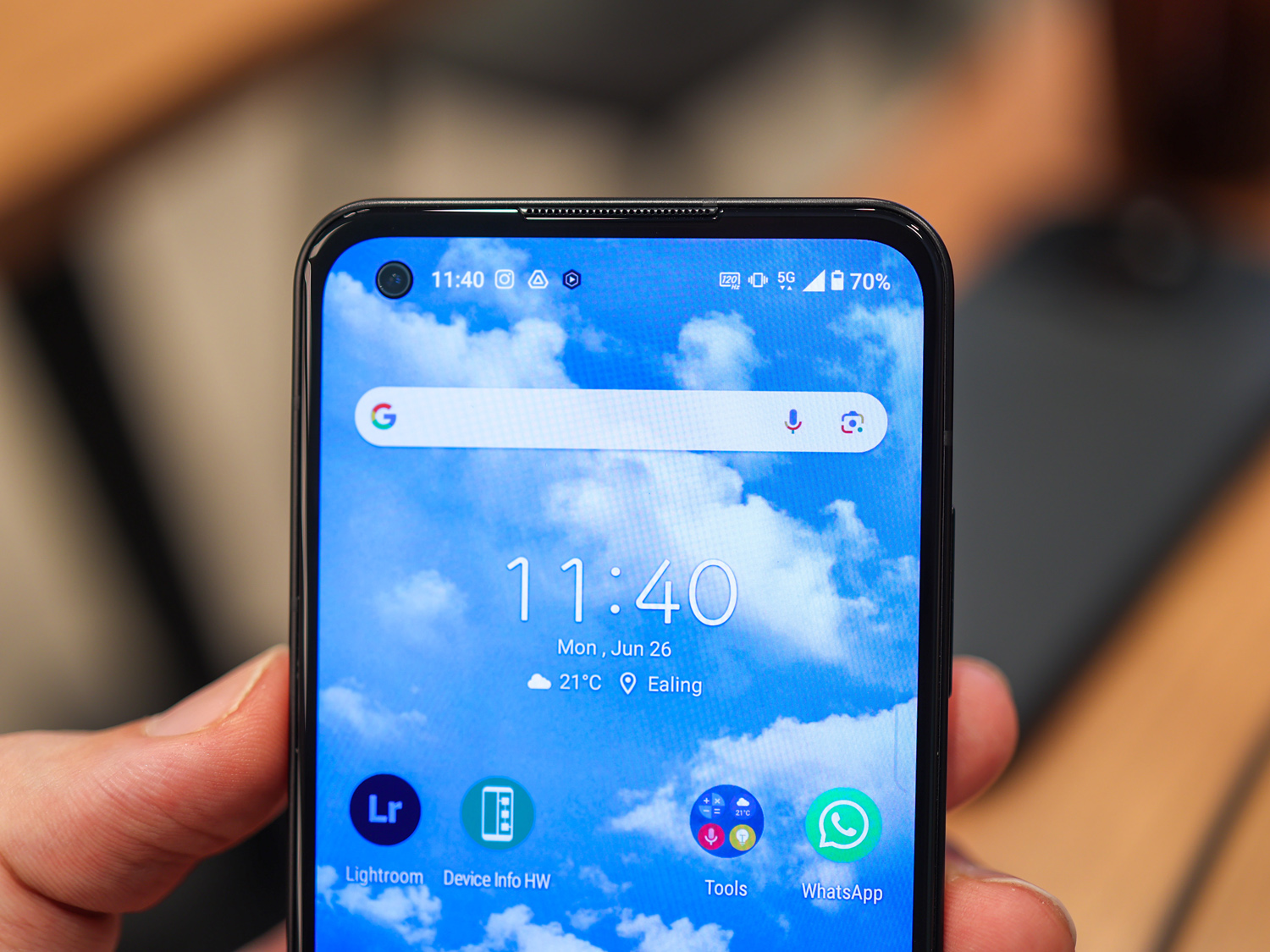
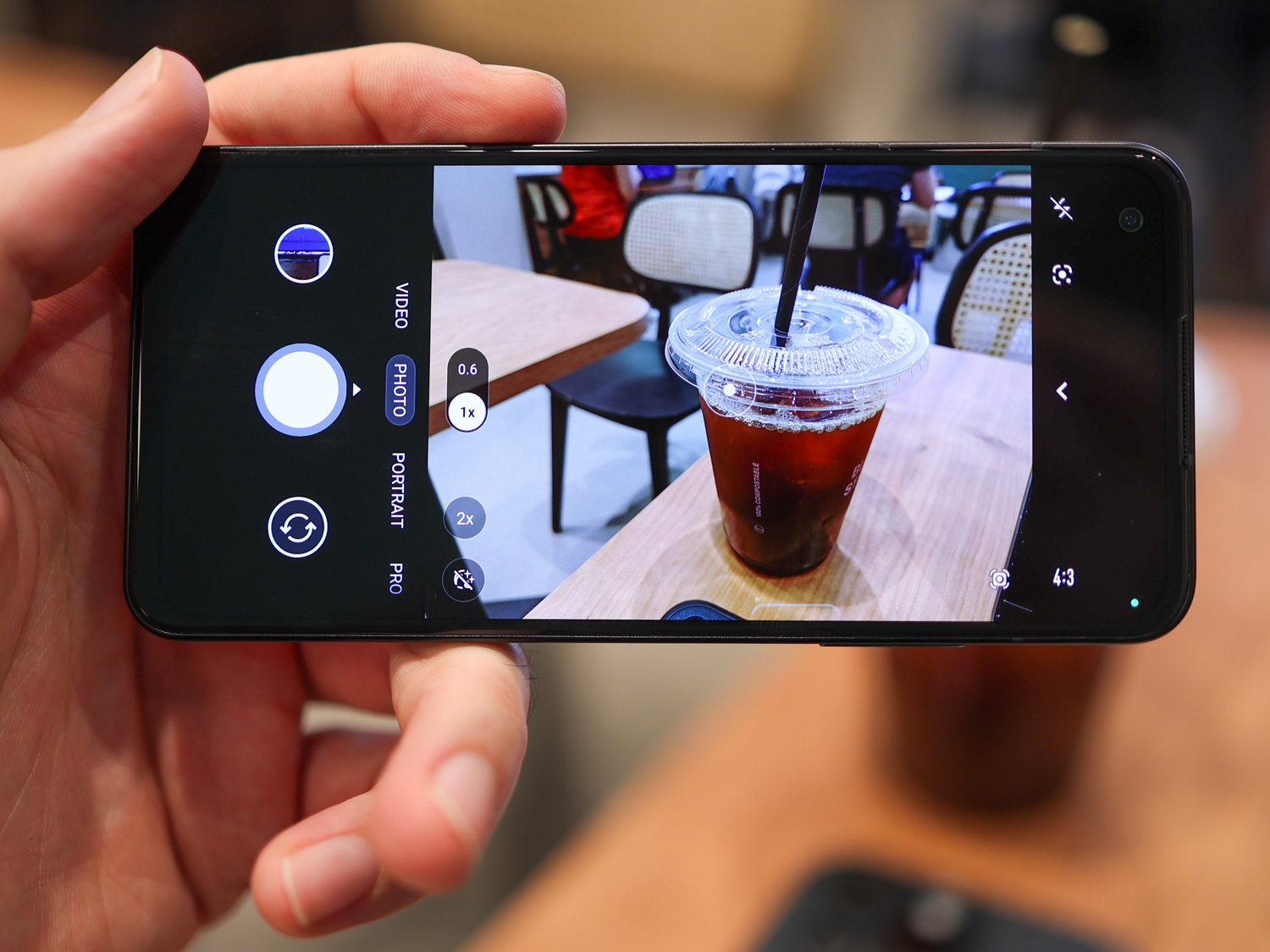
The 50MP sensor headlining the Zenfone 10’s rear camera duo started out life on flagship phones, but in the last few years has graced lower-cost handsets like the Nothing Phone 1 and Redmi Note 12 Pro 5G. That it’s been paired with an unexceptional-looking 13MP ultrawide (which lacks autofocus) doesn’t do it any favours. Luckily, the Zenfone 10 has a party trick: teeny tiny gimbal stabilisation. This system doesn’t just move the lens like traditional optical image stabilisation, it moves the whole camera module when active.
We saw the same hardware on the Zenfone 9, but we can report it’s definitely better this year thanks to updated photo processing, dynamic range and video stabilisation. The main camera is very good for stills in most environments, compensating for hand shake brilliantly and capturing rich-looking photos packed with detail. Close-up shots have a good amount of background separation with rich, natural blur, while portraits and landscapes look relatively natural and balanced. When the lights drop, or in certain environments, Asus’s camera struggles to get colours right, either clipping especially vibrant highlights or missing the mark on skin tones.
You can take full-res RAW photos that are bursting with detail when there’s plenty of light, and if you’re a photography geek, there’s plenty of hardware here to eke out some great shots with. The 50MP resolution also means digital zoom isn’t terrible, even though there’s no telephoto camera.



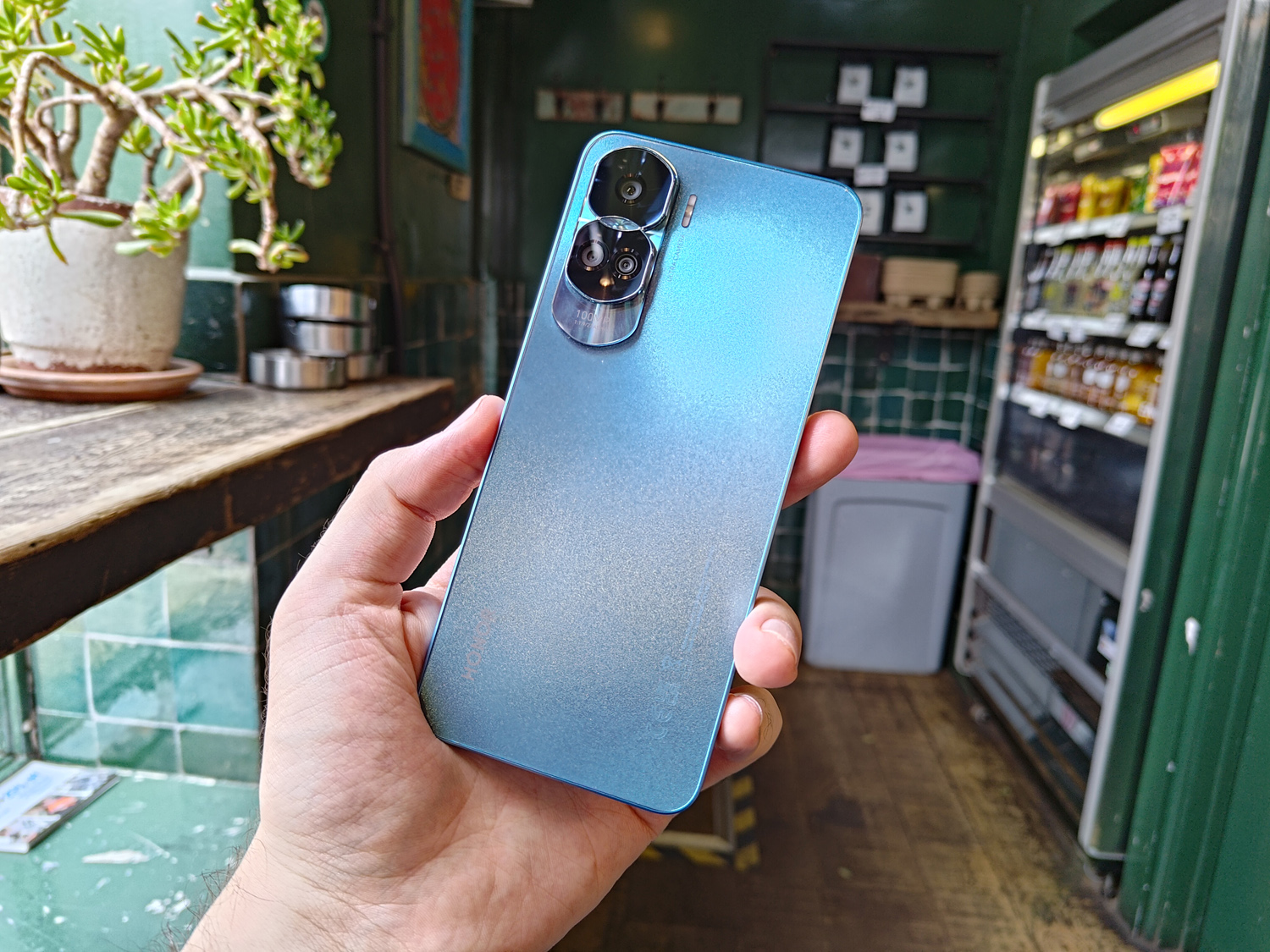



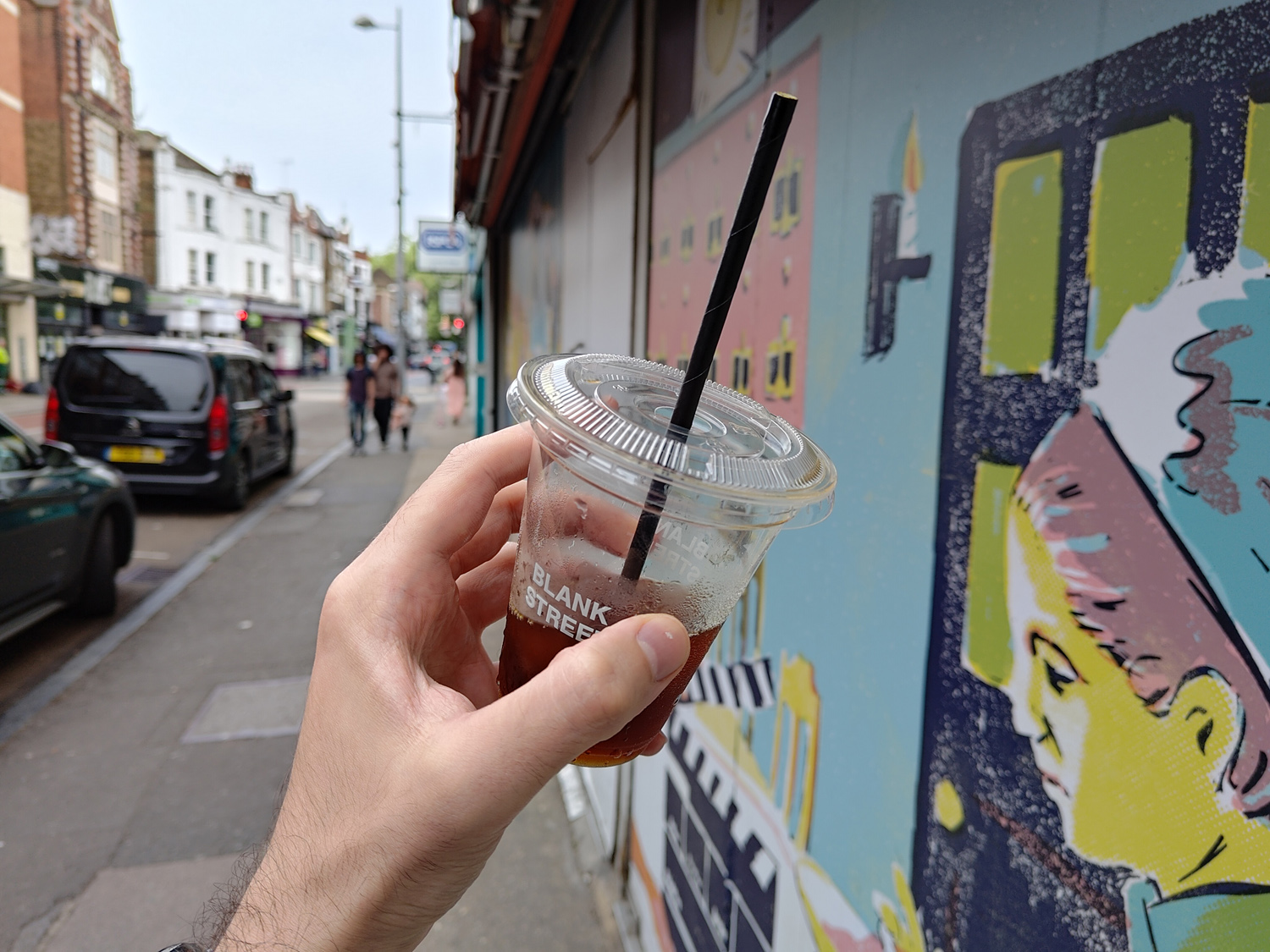

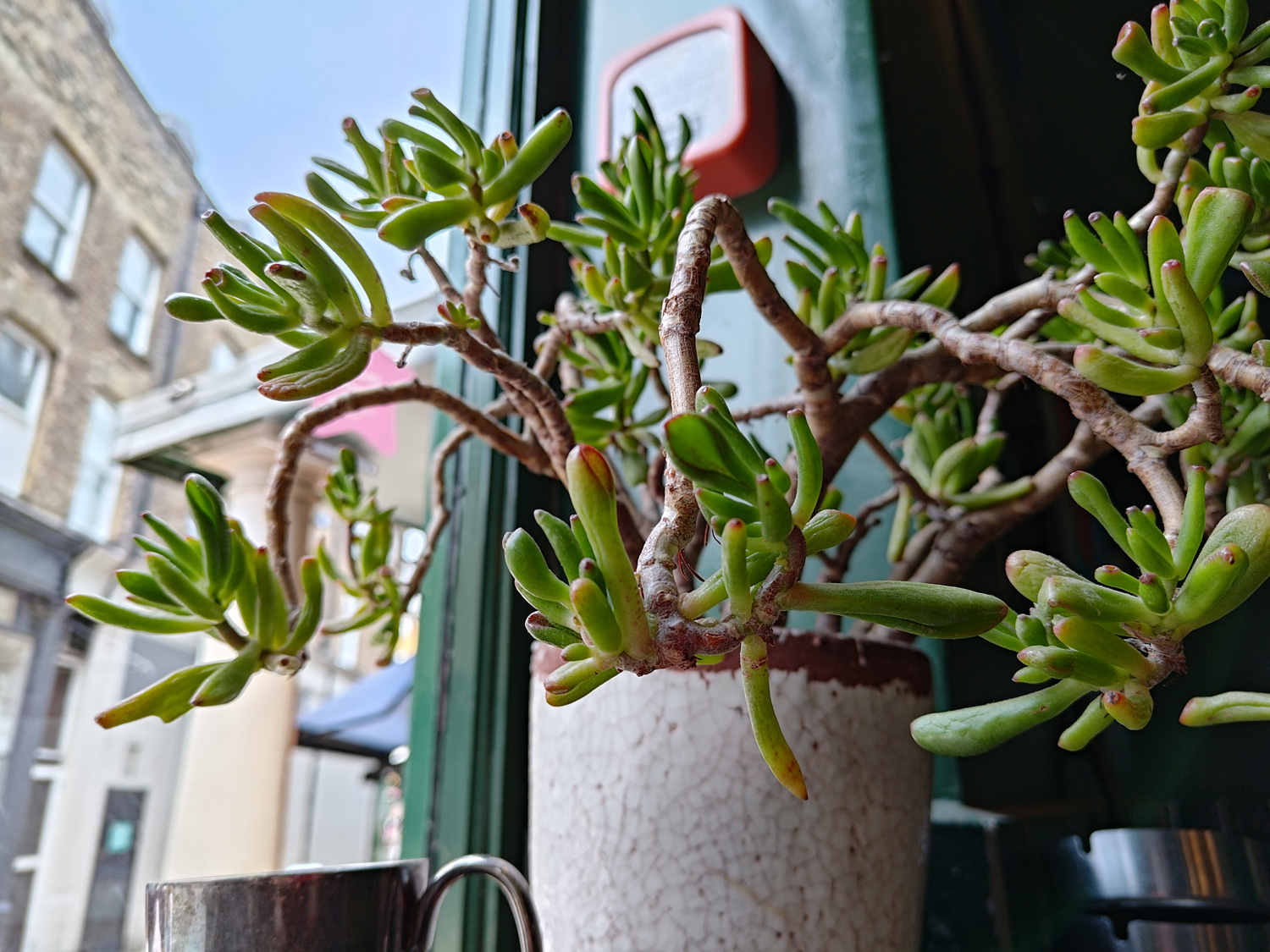

As for the ultrawide, it’s fine, and can capture shots packing impressive detail in bright scenes. It’s held back by the lack of autofocus for close-up shots, and struggles when the light drops.
The Zenfone nails handheld video shot on the main camera, at up to 8K resolution (though we got better results from 4K recording). The gimbal system matched with Asus’s upgraded EIS, which decides how much to crop the frame and steady the shot, does a mighty job of holding footage together. The phone also captures decent quality sound, so while it doesn’t have an action camera field of view, as a stabilised system for video complete with autofocus, it’s one of the best options out there.
As for the selfie camera, it’s a 32MP RGBW sensor with an f/2.45 lens, and captures video at up to Full HD resolution. It does a great job of casual selfies, and despite being inferior on-paper to last year’s autofocusing front camera, actually takes better, more natural-looking snaps. Its videos are stabilised and look good when the light is right.
Software: Stock up (or down)
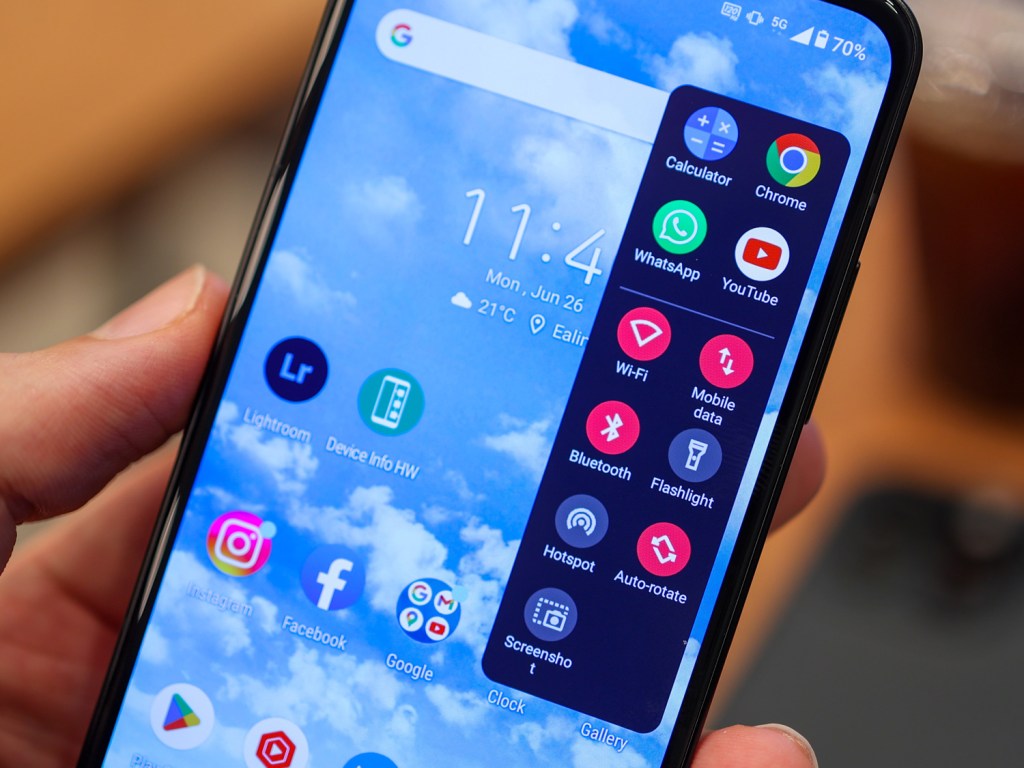
We like that Asus’s take on Android can dial in precisely how stock the software feels, making it pretty close to vanilla Android or adding Asus-specific bells and whistles to the experience.
On first fire-up you work through a setup process that lets you choose what you want your notifications, quick toggle menu and power button menu to look like to look like. Asus’s ZenTouch is also customisable, so you can pick what a swipe, long-press or double-tap of the power button do. An Edge tool gives shortcuts to apps and quick toggles, as well as the ability to set your favourite apps (so the phone doesn’t shut them down when unused for quick launching).
The fact Asus customises the experience so extensively but manages to deliver a stable, smooth user experience helps elevate its phones. The software is designed to better support comfortable one-handed use, something the compact size already puts in the phone’s favour, so it’s difficult to not be charmed by the level of polish here.
At its core, the Zenfone 10 runs Android 13 with the promise of two years of software updates and four years of security updates.
Performance and battery: big phone energy
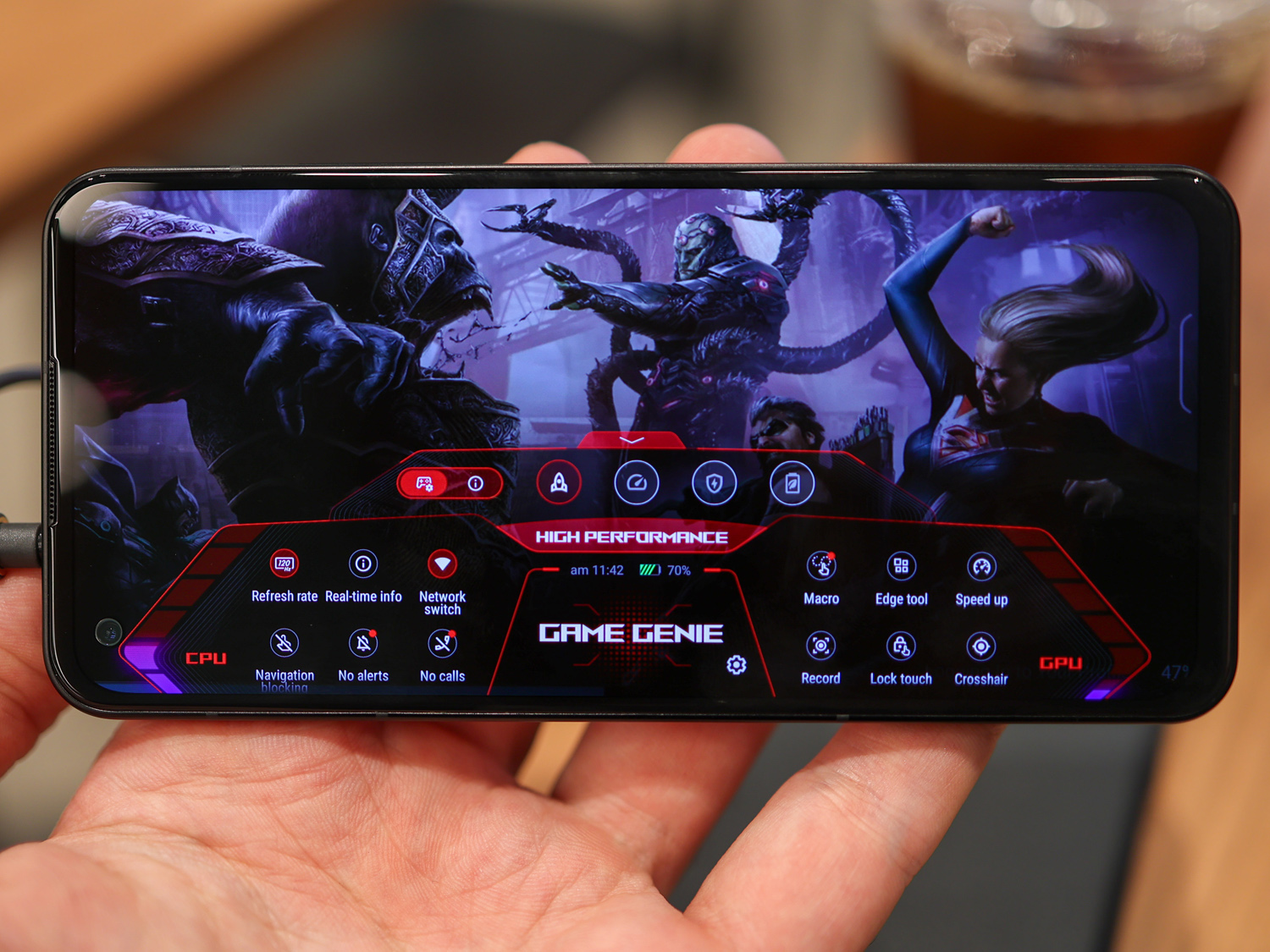
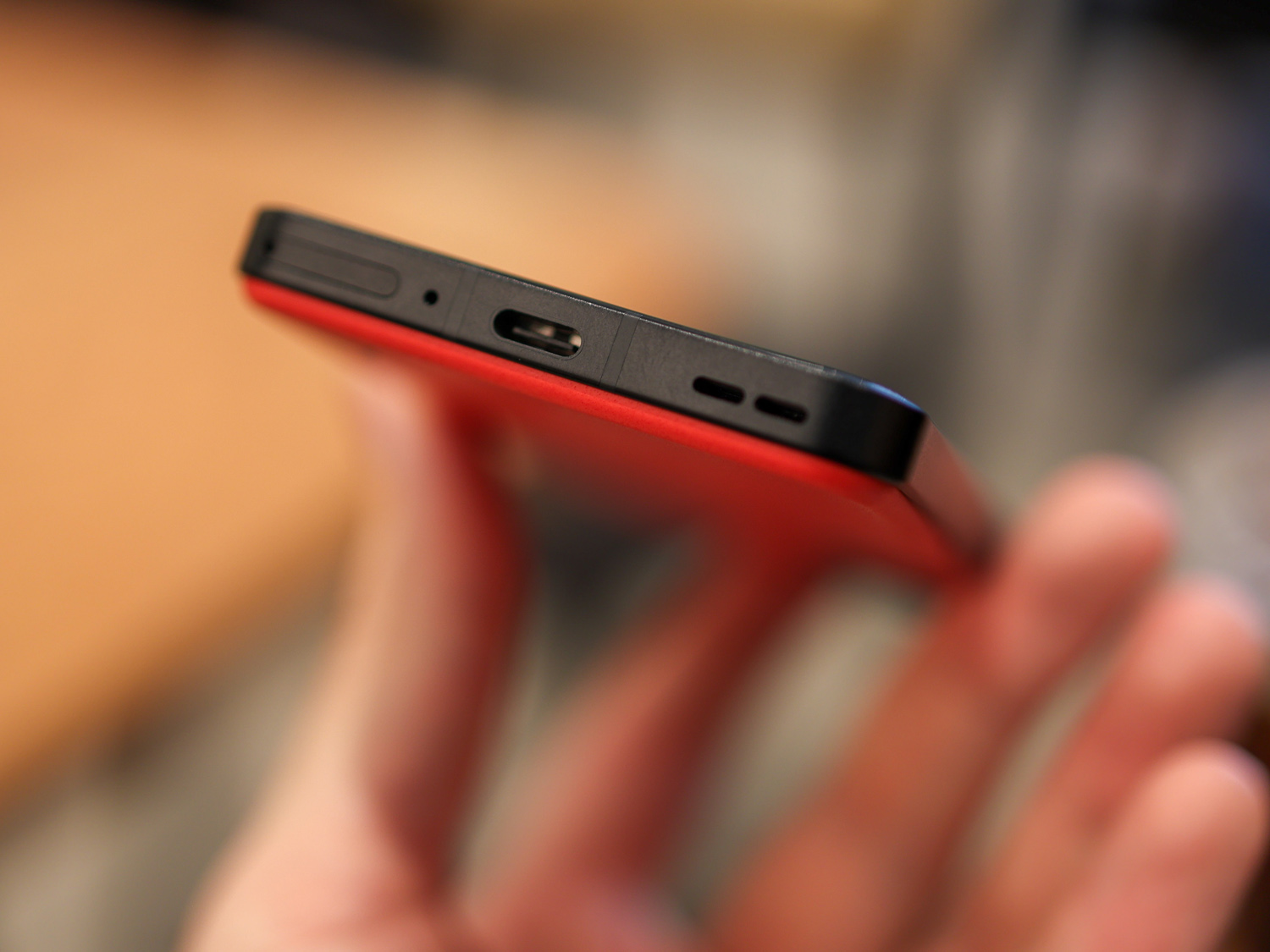
The Qualcomm Snapdragon 8 Gen 2 powering the Zenfone 10 is as good as it gets in an Android phone today. Whether you go for the 8GB or 16GB RAM option, you shouldn’t experience any slowdown – we certainly didn’t in our time with it. The phone benchmarks brilliantly, with a Geekbench multi-core score of 5650, single-core 2000, and a 3DMark Wildlife Extreme score of 2190. We gamed on it for around an hour, and the only time it heated up was if we ramped up the frame rate to 144Hz. Otherwise, it was able to keep its cool.
Asus’s Game Genie interface that makes the ROG Phone so powerful is also loaded up on the Zenfone 10, so you can access real-time device information, block navigation gestures, alerts, calls and WiFi. This is also where you record macros, change the performance mode, turn on an overlaid crosshair, and switch out frame rates. It’s a great inclusion for a non-gaming phone. The worst thing about gaming on the Zenfone 10 is the screen size – particularly if you’ve got large hands and want an immersive experience.
Asus doesn’t put SD cards in its phones, but the Zenfone comes with either 256GB or 512GB storage, so you probably won’t need one, especially if you go for the higher-capacity, 512GB option – which still looks like great value compared to rival flagships.
Unlike the Zenfone 9, the 10 supports Qi charging, at up to 15W. Neither this nor 30W over USB-C are the fastest charging on the block, but thanks to the relatively modest 4300mAh battery, it still charges fully in a respectable 90 minutes or so. Expect to get 30% back in 20 minutes and 76% in an hour.
The Zenfone also makes it through a full day with regular use, thanks to the small display, which ensures that the biggest drain on battery – screen-on time – doesn’t cause it to run out too quickly.
Heavy gaming or photography will cause the phone to run down faster, but that shouldn’t stop you from getting from morning to night, and if you dial the refresh rate down and use auto-brightness, there’s no reason you can’t eke two days out of it with light use.
Asus Zenfone 10 verdict

If you want the best phone around for one-handed use, the Zenfone 10 is it. From the compact size to Asus’s software optimisations, it’s a pocket powerhouse that’s low on compromises.
The phone’s weakest area is its camera – specifically occasional glitches with colour processing and low-light photography, and that says something as the camera isn’t bad at all. In fact, it’s good and a marked improvement over the Zenfone 9 – no small feat considering there’s no new hardware here.
If you want a big screen for gaming and watching, the obvious alternative is the superb OnePlus 11 – a similarly specced and priced phone with a considerable bump in size. For anyone after excellent performance, features, sound credentials and internals at a reasonable price in the smallest package possible, though, nothing can touch the Zenfone 10.
Stuff Says…
Asus’s Zenfone 10 upgrades a winning formula with wireless charging and 2023 power, making it the compact great value flagship to beat
Good Stuff
Flagship power and storage
Comfortable to use one-handed
Excellent video stabilisation
Considered UI customisations
Bad Stuff
Photo processing inconsistencies
Small screen won’t be for everyone
No telephoto camera
Asus Zenfone 10 technical specifications
| Screen | 5.9in 2640×1080 OLED w/ 144Hz |
| CPU | Qualcomm Snapdragon 8 Gen 2 |
| Memory | 8/16GB RAM |
| Cameras | 50MP, f/1.9 + 13MP ultrawide rear 32MP, f/2.4 front |
| Storage | 256/512GB onboard |
| Operating system | Android 13 |
| Battery | 4300mAh w/ 30W wired |
| Dimensions | 147x68x9.4 mm, 172g |



